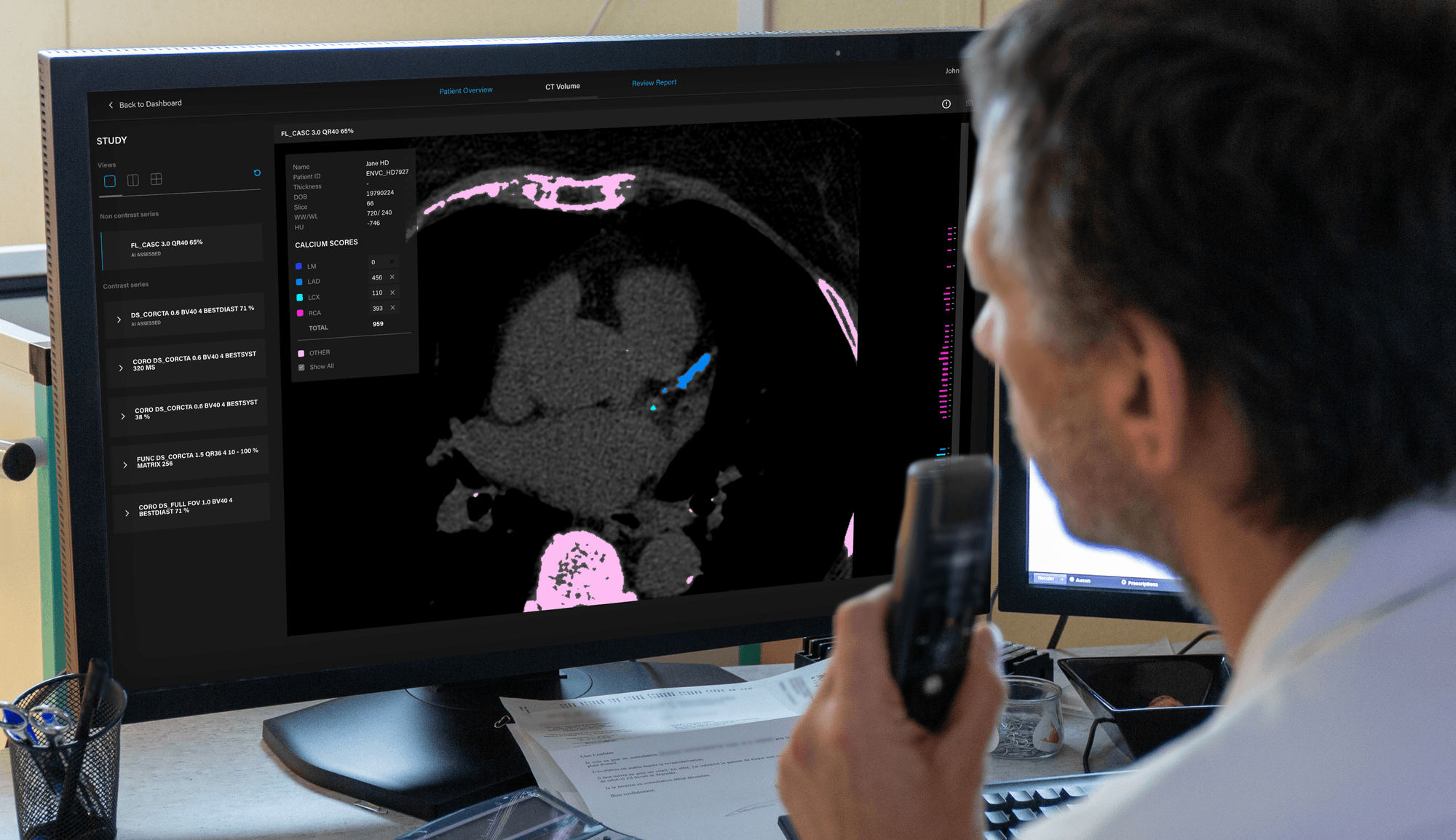How digital transformation is changing disease diagnoses, monitoring and treatments.
Advances in healthcare technology are increasingly shaping medical care.
In less than two centuries, medical science has gone from the breakthrough of germ theory, sparking life-saving changes to sanitation and sterilisation practises, to the development of antibiotics, diagnostic technologies and the mapping of the human genome.
Now healthcare is on the cusp of a new transformation. Digital technologies, improved imaging equipment and automated solutions are driving health with a promise to put the patient at the centre of care.
This will be enabled through individual disease detection and monitoring and personalised medicine.
Global healthtech company Siemens received approval in October 2021 for its new-generation computed tomography scanner, a major leap that uses photon counting detectors that allow advanced medical imaging.
Artificial intelligence (AI)-supported diagnostics are already helping to detect pathologies faster and more accurately in patients, as wearable technologies provide individual symptom tracking.
For coronary artery disease, which kills more than nine million people globally each year, AI-based detection solutions offer the ability to make diagnoses faster and will allow people to act on that information.
Here is how technological advances have altered healthcare, and how it will continue to change it in the future.
Technological transformation of healthcare.
Scientific developments have fuelled medical knowledge and care over the centuries.
The stethoscope in the mid-1800s, then the X-ray before the turn of the century were each major advances.
Throughout the 1900s, medical science progressed at an incredible speed: imaging through scans then computed tomography, and treatments from antibiotics to antiretrovirals.
The boost from computers commenced in the 1960s with the first generation of computers gaining traction in major hospitals.
Around the same time the global standardisation of pathology language was underway, allowing shared information processing.
The first computed tomography scan was also approved for use five decades ago. This breakthrough allowed superior imaging for medical detection and diagnoses.
Shared-data processing was in development, which dovetailed with changing societal trends throughout the 1980s and 1990s to propel greater demand for individual health services.
Society is now headed towards the next step change: the digital-based future of healthcare.
The Australian Institute for Digital Health presented a white paper outlining the major advance that will come from such a transformation.
“Digital health harvests data, information and knowledge in real time from all societal activities, not just interactions with the health system and, or data traditionally regarded as health data,” it said.
“[It] uses sophisticated analytics to distil knowledge from these data; intervenes in the widest possible range of societal and economic activities and technologies to encourage and generate better health and better value for health investments; and is citizen-centric, decentralised and requires health service providers to participate, not control.
“The digital health era will be characterised by major shifts in citizen and consumer centricity, industry convergence and the range of services offered.”
Automation in healthcare.
In contemporary medicine, AI-powered technologies are increasingly transforming clinical practice, notably in areas such as automated image recognition and speech detection in diagnostics.
A report from EIT Health and McKinsey highlighted the range of applications from AI across clinical areas, allowing health professionals to access better patient data and improve quality of care.
“It can improve the speed and accuracy in use of diagnostics, give practitioners faster and easier access to more knowledge, and enable remote monitoring and patient empowerment through self-care,” the Transforming Healthcare with AI report said.
Currently, international AI-based technologies are providing “virtual nurse” services, risk prediction for emergency presentations and the detection of eye disease.
As momentum and technology advances, it is expected that AI-based technologies will lead to faster diagnoses and provide clinically useful information to providers.
“Some medical specialties lend themselves naturally to AI applications, due to their large emphasis on pattern recognition, such as radiology, pathology, dermatology and ophthalmology,” the report said.
AI detection of coronary artery disease.
AI is also changing one of the biggest medical challenges facing the world – the detection of coronary artery disease.
Artrya is one of the pioneers using AI to create a solution to aid the diagnosis of the condition, potentially overturning 50 years of practice with a more efficient and effective method of detection.
The Australia-based company has developed a software solution to rapidly assess heart health biomarkers within minutes.
Its Salix solution analyses computed tomography coronary angiography scans to identify high-risk vulnerable plaques in the coronary arteries, as well as the calcium score and stenosis.
This enables fast identification of patients at risk, so clinicians can guide their treatments.
An Australian cardiologist who has used Salix said: “Salix provides a complete view of a patient’s cardiovascular risk as well as real time reporting. We were able to identify high risk patients accurately within minutes. This allows us to focus on the right patients at the right time with the right treatment.”
What technological transformation of healthcare means for patients.
Technology-driven solutions in healthcare will allow patients better access to high-quality care.
The advances allow health professionals to minimise their time on routine, administrative tasks and focus on personal care.
In addition, AI solutions, such as Artrya’s Salix reporting for heart disease, will allow clinicians to assess a patient’s risk rapidly and accurately.
Patients can take control of their health and make lifestyle changes to reduce their overall risk.
In this way, technology-assisted advances will change lives and potentially save them.
